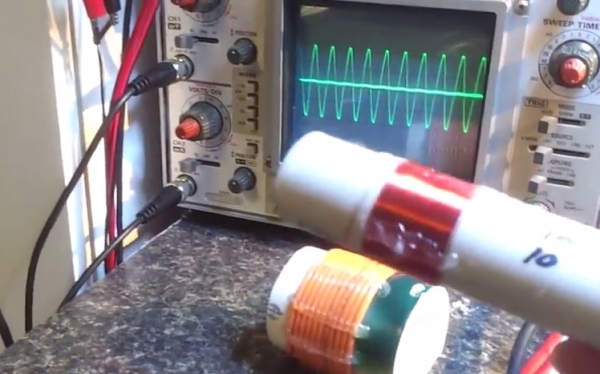A common project among electronics tinkerers is the joule thief, a self-oscillating circuit that can “steal” the remaining energy in a battery after the voltage has dropped so low that most devices would stop working. Typically the circuit powers an LED until almost all of the energy is extracted from the battery, but [Lionel Sears] has created a specialized joule theif that uses the “extra” energy to power a clock.
The circuit uses four coils instead of the usual two to extract energy from the battery. The circuit charges a large capacitor which provides the higher current pulses needed to drive the clock’s mechanism. It can power the clock from a single AA battery, and will run until the voltage on the battery is only 0.5 volts.
Normally the clock would stop running well before the voltage drops this low, despite the fact that there’s still a little chemical energy left in the batteries. The circuit can drive the clock for an extended time with a new battery, or could use old “dead” batteries to run the clock for a brief time while the final little bit of energy is drawn from them. If you’re so inclined, you could even use hot and cold water with a joule thief to run your clock! Thanks to [Steven] for the tip.

















